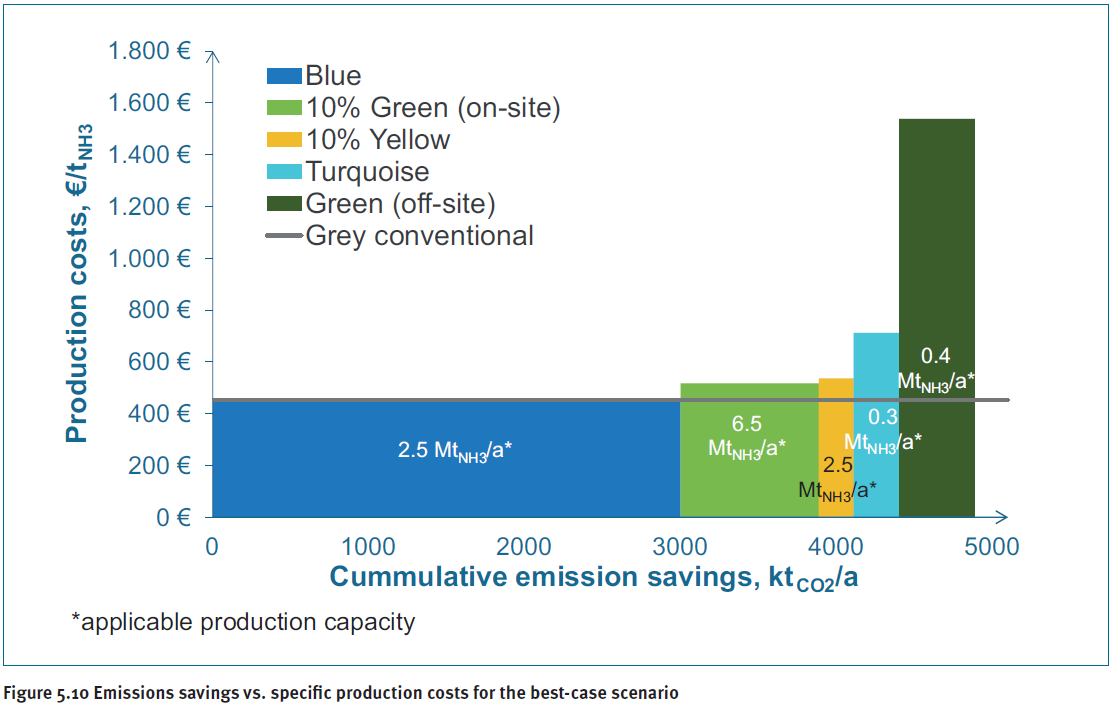
European ammonia producers have so far had little response to falling European gas prices, but that dynamic could change if gas prices decline further and the next planting season spurs stronger demand for fertilisers.
Many European ammonia plants curtailed production last year after Russia's invasion of Ukraine, and subsequent issues with Nord Stream caused gas prices to soar to record highs, and there is still limited incentive to ramp up output.
Yara's Ferrara plant in Italy remains shut, but the firm is mulling a restart in February. Ameropa's Azomures plant in Romania has yet to announce a restart, while Borealis' plants in France and Austria continue to run at reduced levels.
Fertiliser producer CF, which operates plants in the UK, switched to importing ammonia in August and continues to do, having received several shipments this month, while Borealis also pointed towards the continued imports of cheap feedstocks and sufficient existing stocks at plants as a reason for muted ammonia production.
Ammonia consumption rates at facilities in northwest Europe remain sharply below capacity because of below-average demand from the chemical and fertiliser sectors. And high stock levels are reported across key European ammonia import hubs, as most buyers sourced requirements before the recent downturn in gas pricing. At Antwerp and Rotterdam, high inventory levels have created a backlog, with 50,000t of ammonia waiting outside the port.
Cheaper gas, profitable ammonia production?
Prompt prices at Europe's most liquid gas hub, the Dutch Title Transfer Facility (TTF), have progressively dropped over the past seven weeks as mild weather, limited demand and LNG imports remained quick. As Europe approaches the end of winter and forecasts suggest more mild weather, the immediate risk of a gas shortage has lessened dramatically in recent weeks.
Argus' TTF everyday prices so far this year have been assessed at around €64/MWh on average, almost half the roughly €121/MWh average last year. However they still remain dramatically above historical levels of roughly €17/MWh in 2017, €23/MWh in 2018, €13.50/MWh in 2019, €9.35/MWh in 2020 and €46/MWh in 2021.
European gas prices also remain well above benchmark prices in other major gas-producing and consuming markets like the US, Iran, Russia and Oman. Iran and Oman ramped up ammonia exports to Europe last year, and cheap domestic prices give producers in these countries a competitive advantage due to cheaper feedstocks.
European ammonia production costs fell below import prices in late December, and were estimated at $660/t for northwest European plants, excluding carbon costs as of 27 January. Northwest European import prices are trading $170/t above the cost of production, at $830/t cfr duty free.
Seasonal change
Europe ending the winter with relatively full gas storages would reduce the volume companies need to refill sites the following summer, which could then ease the risk premium priced into contracts further along the curve.
Overnight lows across northwest Europe are forecast to remain mild in February and into March, which would limit heating demand and the call on storage. But China winding down its Covid restrictions could spur Asian LNG demand and leave Europe less supplied.
Chinese firms last year sold significant quantities of LNG to Europe, facilitated by limited domestic demand, growing domestic production and historically high European prices creating hugely profitable arbitrages. That said, Argus analysis suggests that Chinese LNG demand may remain sluggish, as alternative fuels remain cheaper and electricity prices too low to incentivise strong power-sector gas burn.
In any case, if TTF curve prices hold or decline further, as market fundamentals suggest they might, European ammonia producers may increasingly start to ramp up domestic production, particularly once inventories of imported ammonia are used up and the new planting season starts, which should bring renewed demand for fertilisers, which has so far been sluggish.